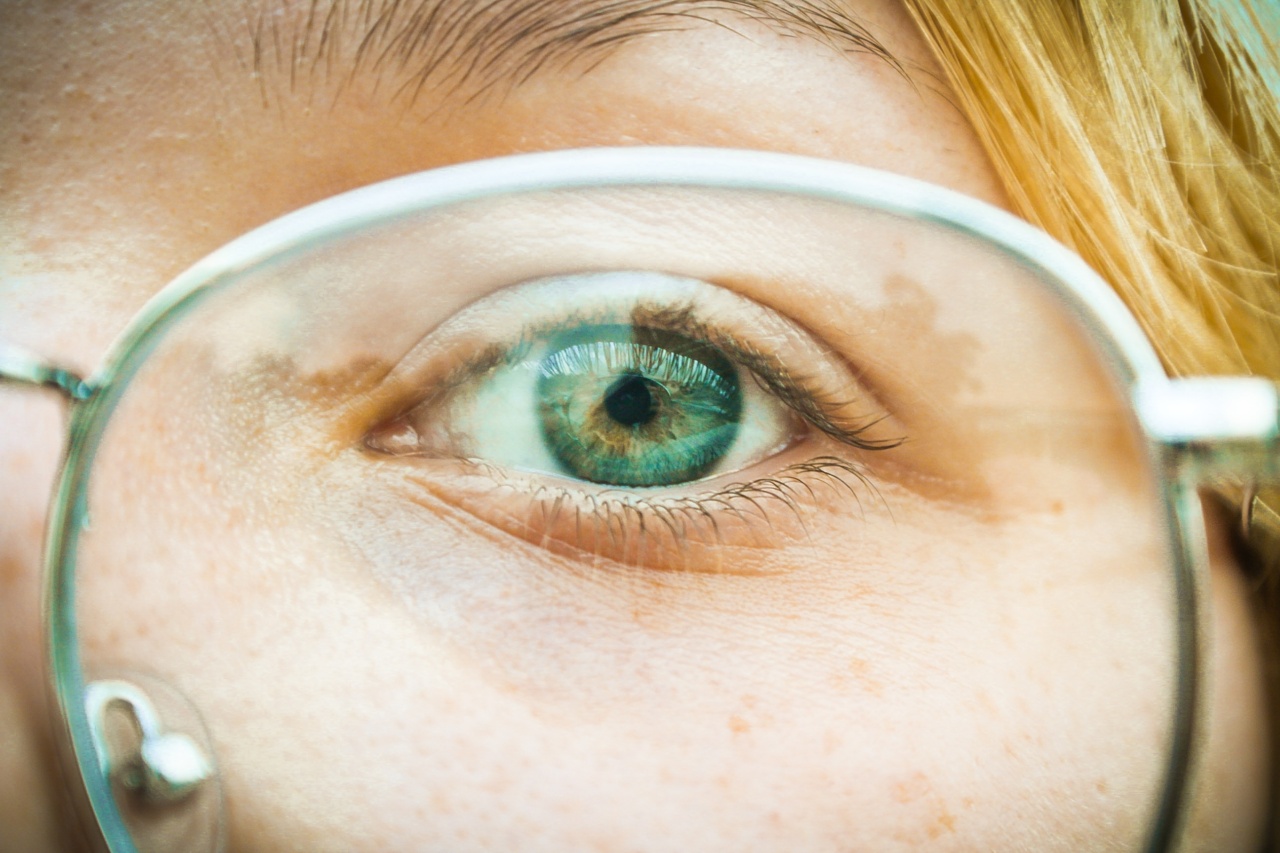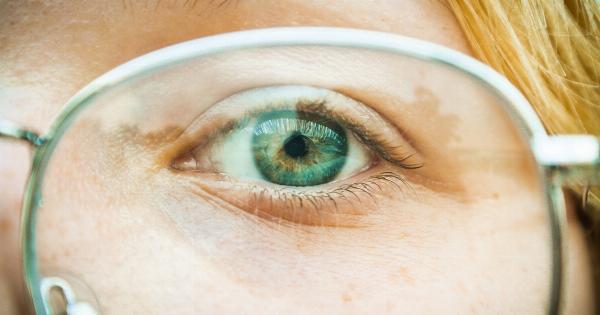Eye diseases can significantly impact a person’s quality of life, making simple tasks like reading, recognizing faces, or moving around difficult.
Millions of individuals around the world suffer from various eye conditions, such as macular degeneration, glaucoma, cataracts, and diabetic retinopathy, which can lead to partial or complete vision loss. However, there is new hope on the horizon with the advent of revolutionary glasses designed to improve vision for those with eye diseases.
The Impact of Eye Diseases on Daily Life
Eye diseases can have a profound impact on an individual’s daily life. They can cause a loss of independence, as simple activities become challenging or even impossible.
Tasks such as reading, writing, watching television, driving, and even recognizing the faces of loved ones become increasingly difficult. Additionally, individuals with eye diseases often experience feelings of isolation, depression, and anxiety due to their limited vision.
Understanding Eye Diseases
Before delving into the revolutionary glasses designed for individuals with eye diseases, it is essential to understand common ocular conditions that affect vision:.
1. Macular Degeneration
Macular degeneration is a leading cause of vision loss among older adults. It affects the macula, a small portion of the retina responsible for central vision.
Individuals with macular degeneration experience blurred or distorted vision, making it difficult to recognize faces, read, or perform everyday tasks.
2. Glaucoma
Glaucoma damages the optic nerve and can lead to vision loss or even blindness. Increased eye pressure is usually associated with glaucoma and can cause peripheral vision loss initially.
If left untreated, it can progress to central vision impairment as well.
3. Cataracts
Cataracts are cloudy areas that form in the lens of the eye, leading to blurred or hazy vision. The clouding of the lens can obstruct light from entering the eye, significantly impacting vision quality.
4. Diabetic Retinopathy
Diabetic retinopathy is a complication of diabetes that affects the blood vessels in the retina. It can cause severe vision loss or blindness if left untreated. Individuals with diabetic retinopathy may experience spots, dark strings, or blurred vision.
Revolutionary Glasses Designed for Eye Diseases
Thanks to advancements in technology, researchers and manufacturers have made significant strides in developing innovative glasses to enhance the vision of individuals with eye diseases.
1. Electronic Glasses
Electronic glasses are one of the most promising advancements in helping those with eye diseases regain their visual functionality.
These glasses utilize an integrated camera and high-resolution displays to capture the world in front of the wearer and enhance it in real-time. The enhanced visual feed is then projected onto the lenses, providing individuals with improved clarity and contrast in their vision.
2. Contrast-Enhancement Glasses
Contrast-enhancement glasses are designed to amplify the contrast between objects, making them more visible to individuals with low vision. These glasses alter the wavelengths of light, enhancing the perception of edges and detail.
By improving contrast, these glasses can facilitate better object recognition and reading for those with ocular conditions.
3. Smart Glasses
Smart glasses integrate advanced technologies such as augmented reality (AR) and artificial intelligence (AI) to assist individuals with eye diseases. These glasses can provide real-time information or voice prompts to guide users in their surroundings.
They can also help recognize faces, read aloud text, identify objects, and even provide navigation assistance.
4. Telescopic Glasses
Telescopic glasses feature miniature telescopes incorporated into their lenses. These telescopes can be adjusted to magnify distant objects or enhance close-up vision, depending on the wearer’s needs.
Individuals with low vision or conditions that affect overall visibility, such as macular degeneration or retinitis pigmentosa, can benefit greatly from these glasses.
5. Tinted Glasses
For individuals with certain eye conditions like photophobia or migraines, tinted glasses can provide relief from light sensitivity and reduce glare.
These glasses come in various tints and shades, allowing individuals to choose the specific color that best suits their needs. By reducing the intensity and brightness of light, tinted glasses can alleviate discomfort and improve visual clarity.
6. Ocular Implants
Ocular implants, also known as intraocular lenses, are used primarily to treat cataracts, but they can also be beneficial for individuals with other eye diseases.
These implants are surgically placed inside the eye to replace the natural lens, thereby improving overall vision and clarity. Ocular implants can greatly enhance visual acuity and reduce dependence on glasses or contacts.
7. Anti-Glare Glasses
Anti-glare glasses, also known as anti-reflective or AR glasses, are designed to minimize the reflection of light off the lenses. This reduces glare and halo-like effects, improving visual comfort and clarity.
These glasses can significantly benefit individuals with conditions such as cataracts, diabetic retinopathy, and glaucoma.
8. Enhancing Accessibility through Virtual Reality (VR)
Virtual reality technology is not limited to gaming or entertainment purposes. It has also found a promising role in enhancing accessibility for individuals with eye diseases.
By immersing users in a virtual environment, VR can simulate specific scenarios and help individuals practice daily activities, improve object recognition, or navigate unfamiliar surroundings.
9. Customizable Glasses
Customizable glasses are designed to cater to the unique needs of each individual with an eye condition. These glasses can be tailored to address specific visual impairments, such as contrast sensitivity or color perception.
By adjusting various settings, individuals can optimize their visual experience and enhance their overall quality of life.
10. Future Advancements and Research
The field of vision-enhancing glasses continues to evolve rapidly. Researchers and manufacturers are constantly exploring new technologies and approaches to improve visual aid devices for individuals with eye diseases.
Some of the future advancements being researched include retinal implants, gene therapy, and wearable devices that integrate directly with the human eye.
The Importance of Revolutionary Glasses
The availability of revolutionary glasses specifically designed for eye diseases brings renewed hope to individuals whose vision has been impaired.
These glasses can significantly improve their daily lives by enhancing their ability to perform essential tasks and ultimately lead more independent and fulfilling lives.
Conclusion
The development of revolutionary glasses for individuals with eye diseases signifies a major breakthrough in the field of visual aid technology.
These glasses hold the potential to brighten the world for millions of people by offering clarity, contrast, and enhanced functionality. As technology continues to advance, the future certainly looks promising for individuals facing visual challenges due to various eye conditions.



























